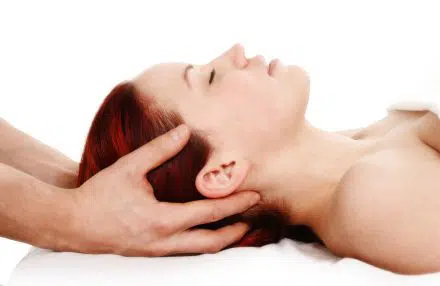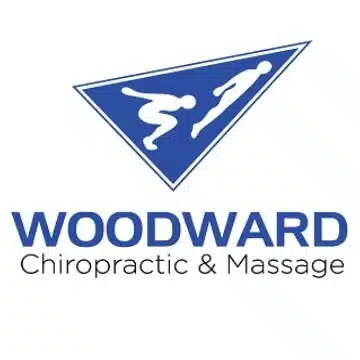Chiropractors often use other conservative therapies to reduce pain and improve function in patients with neck pain. With neck conditions involving herniated disks, radiating arm pain, strains, facet syndromes or sprains, and myofascial pain, cervical traction is one such option.
As part of the initial new patient examination, a chiropractor may use their hands to gently pull on the patient’s neck while in sitting and/or supine (lying on the back) positions. If this feels good, then cervical traction may be warranted either in the office, with an at-home unit, or both. Cervical traction is not advised if there is instability in the spine/ligaments. As it could cause vertebral artery insufficiency, rheumatoid arthritis, osteomyelitis, discitis, neoplasm, severe osteoporosis, untreated hypertension, severe anxiety, cauda equina syndrome, or myelopathy.
Cervical Traction Pros and Cons
There are many forms of cervical traction devices, so treatment may be performed while the patient is standing, sitting, lying horizontal, or inclined either prone or supine. The traction force can be continuous or sustained vs. intermittent or pulsed. Variables include body/head weight and the associated friction against the traction table in lying down types of units. The angle can often be varied with most types of traction units.
There are pros and cons to different types of traction units. Lying down traction may allow for better relaxation vs. sitting, but more weight may be needed due to the friction of the body on the table. Generally, when hold times are longer (especially with sustained traction), less weight is used. Some doctors advocate starting at 5 lbs. (~2.67 kg) for 15 minutes with a sitting device (sustained traction) and gradually increasing the weight to maximum tolerance while keeping the time constant at 15 minutes.
There are a number of theories on why traction relieves pain: it forces rest through immobilization and by supporting the weight of the head, it pulls apart or opens the facet joints, it improves nutrition to the joint cartilage, stretches ligaments, it decreases the pressure inside the disks, it reduces pressure on nerve roots (by widening the holes through which they travel), it improves head posture, and/or it stretches the neck muscles to improve blood flow and reduce muscle spasm.
The bottom line, if you have neck pain and manual traction applied to the cervical spine provides pain relief, then your doctor of chiropractic may choose to incorporate this therapy into your treatment plan, either in the office, at home, or both.



